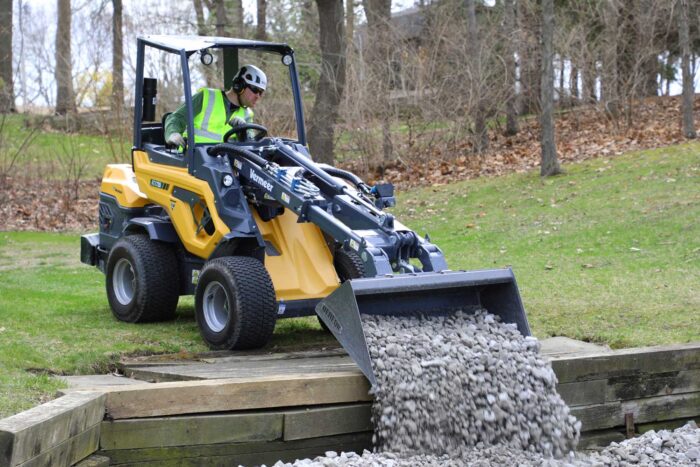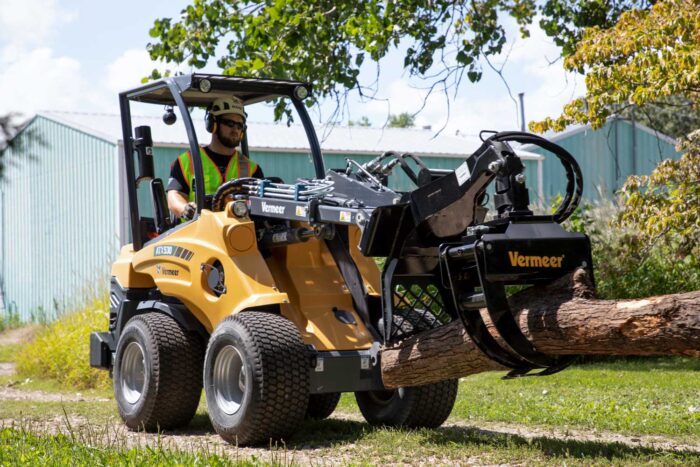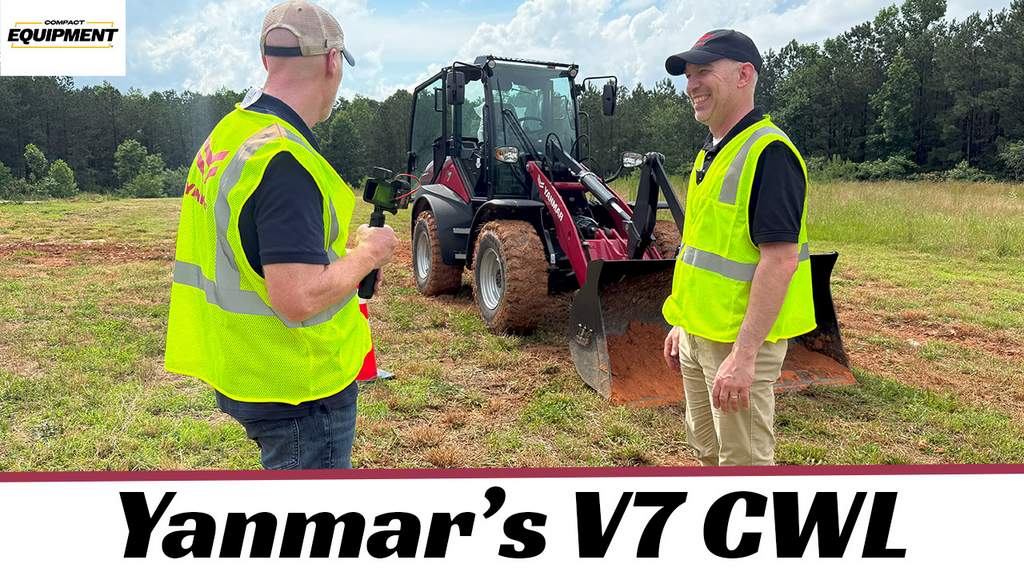Learn How to Keep Your Small Articulated Loader in Top Shape

Small articulated loaders (SALs) are versatile machines that pack impressive power into compact frames, helping crews handle landscaping, construction and property management tasks year-round. Like any pieces of equipment that earn their keep on busy jobsites, they benefit from consistent attention to keep performance steady and downtime to a minimum. A proactive maintenance routine, built on daily inspections, proper lubrication and scheduled service intervals, supports long-term reliability and safe operation.
Start Each Day with a Close Look
Before the first startup, a short walk around inspection can prevent minor issues from becoming major problems. Check for hydraulic leaks, tire damage, loose hardware and debris buildup around the engine compartment and articulation joint. Confirm that safety decals remain visible and that shields and guards are in place and undamaged.
Park on level ground, lower the boom or attachment and set the parking brake before beginning. Check engine oil and coolant levels, then raise and lock out the boom to inspect the hydraulic oil. After fluids are checked, inspect hoses and belts for wear and confirm that lights, gauges and warning indicators are working properly.
Inspect tire pressure and tread before each use. Underinflated tires can reduce stability and traction, while overinflated tires increase wear. Check wheel lug nuts for tightness, confirm that the articulation joint is clean and verify that attachments are secure and leak-free.
Lubrication Is Maintenance 101
Lubrication protects moving parts from friction and wear. Applying grease at the recommended intervals forms a barrier against dirt and moisture, cushions contact points and reduces corrosion. The correct grease grade, rated for expected load and temperature, maintains performance even under stress.
Most loaders include grease fittings on pins, bushings and cylinder joints. Clean fittings before applying grease to keep contaminants out. Apply a steady amount until fresh grease appears around the joint or pivot point and always use the approved product. If a fitting will not accept grease, remove and clean it instead of forcing material through.
Regular lubrication also gives operators a chance to inspect pivot points for looseness or vibration that could indicate early wear. In dirty or wet conditions, grease daily or every eight hours of operation. In cleaner environments, intervals may be extended as outlined in the manual.
Check Hydraulic and Electrical Systems Carefully
Hydraulics power most loader functions, so leaks, pressure loss or contamination can reduce performance. Inspect hoses, fittings and cylinders daily. Never use bare hands to check for leaks. Use cardboard or wood to locate problem areas instead.
Keep the area around the hydraulic reservoir cap clean before opening it. Replace filters on schedule and use the fluid grade specified in the manual. Avoid mixing fluids and relieve hydraulic pressure before disconnecting any lines by cycling the joystick with the engine off and the attachment lowered.
Allow components to cool before service, since hot hydraulic fluid can cause burns. Tighten reservoir caps slowly to vent trapped pressure. For electrical safety, disconnect the battery before working on the system and connect the ground cable last when reinstalling it. Perform service in a well-ventilated area, away from open flames or sparks.
Follow a Consistent Maintenance Schedule

Beyond daily checks, a structured service plan keeps equipment running efficiently. Manufacturers typically outline maintenance at 50, 100, 500 and 1,000 operating hours. While exact intervals vary, a general schedule includes:
- 50 hours: Recheck torque on wheel bolts and hardware, clean the radiator screen and inspect the air filter.
- 100 hours: Change engine oil and filter, lubricate all grease points and verify proper belt tension.
- 500 hours: Replace hydraulic filters and inspect hoses and couplings for leaks or wear.
- 1,000 hours: Drain and refill the hydraulic reservoir, replace fuel filters and complete a full system inspection.
Keep a record of all completed maintenance. Logs help with warranty claims and make it easier to identify recurring issues. Loaders with hour meters or multifunction displays often include a service reminder that can be reset after each interval.
Maintain Clean Filters and Fluids
Air, fuel and hydraulic filters protect systems from damage. Dust and debris in the air intake can affect performance, while clogged hydraulic filters restrict flow and cause overheating. Replace filters according to the recommended interval or sooner if indicators show a restriction.
In dusty or high-use conditions, replace the outer air filter element more often and clean prefilters regularly. Monitor the air restriction indicator to gauge airflow and determine when attention is needed. Use approved oils and coolants, keep filling ports clean during service and avoid mixing fluid types.
Overfilling reservoirs can cause leaks or pressure buildup. Dispose of used fluids and filters responsibly according to local environmental rules.
Account for Seasons and Storage
Temperature extremes influence machine performance. In cold weather, an engine block heater helps reduce the strain on internal components and improves startup. Keep batteries charged, check tire pressure often and use winter-grade diesel to avoid fuel gelling.
In hot or dusty environments, clear debris from radiators and coolers to maintain airflow. Inspect cooling system components frequently to prevent overheating and keep the machine running efficiently.
For extended storage, clean the loader thoroughly, grease exposed metal surfaces and park in a dry, covered location. Lower attachments, disconnect the battery and block the wheels to prevent movement. Running the machine briefly once a month helps circulate fluids and keep seals in good condition.
Support Long-term Performance Through Good Habits

Operator habits play a major role in keeping a small articulated loader dependable. Keep the platform free of mud, grease and tools that could interfere with controls. When shutting down, lower the boom, disengage hydraulics and remove the key to prevent unauthorized use.
Consistent operator training strengthens maintenance discipline. Each operator should understand basic service points and know how to recognize signs of wear. Spending a few minutes each day on inspection, cleaning and lubrication reduces unplanned downtime and supports longer machine life. Regular attention to fluid levels, filters and fittings keeps small articulated loaders delivering the maneuverability and lift performance that make them essential on the jobsite.
Levi Cordes is a technical service support specialist for Vermeer.




